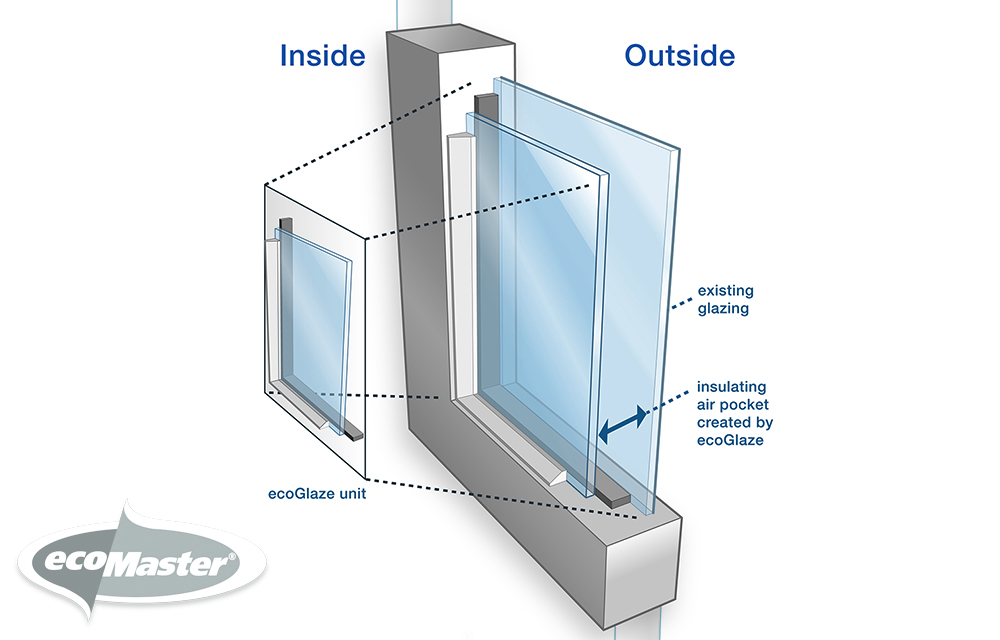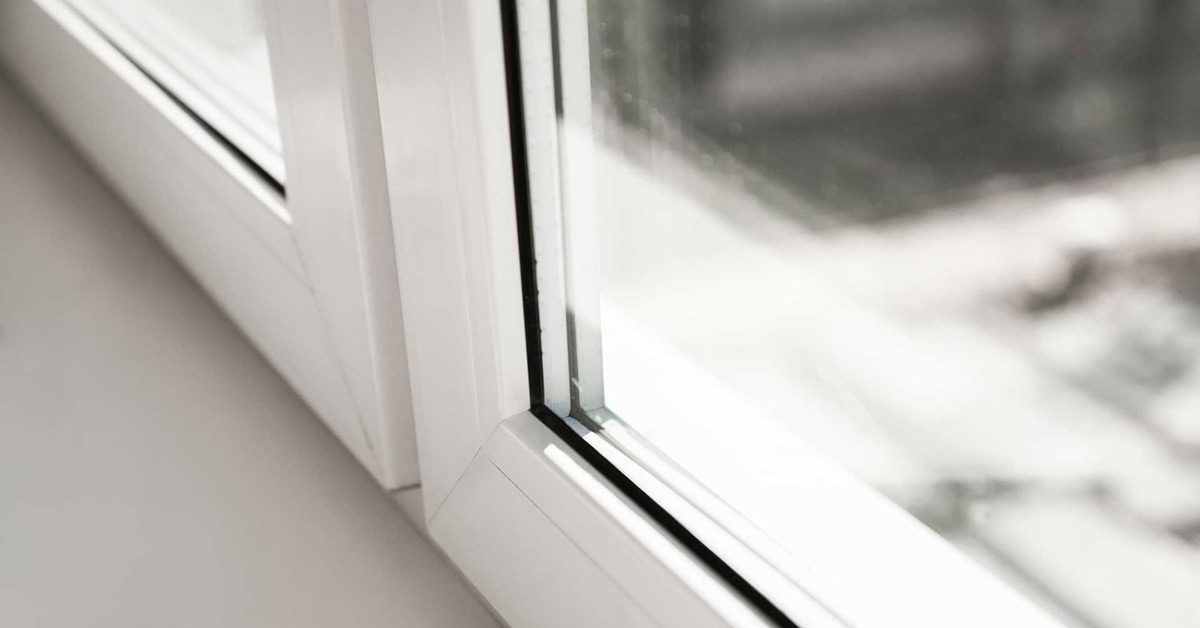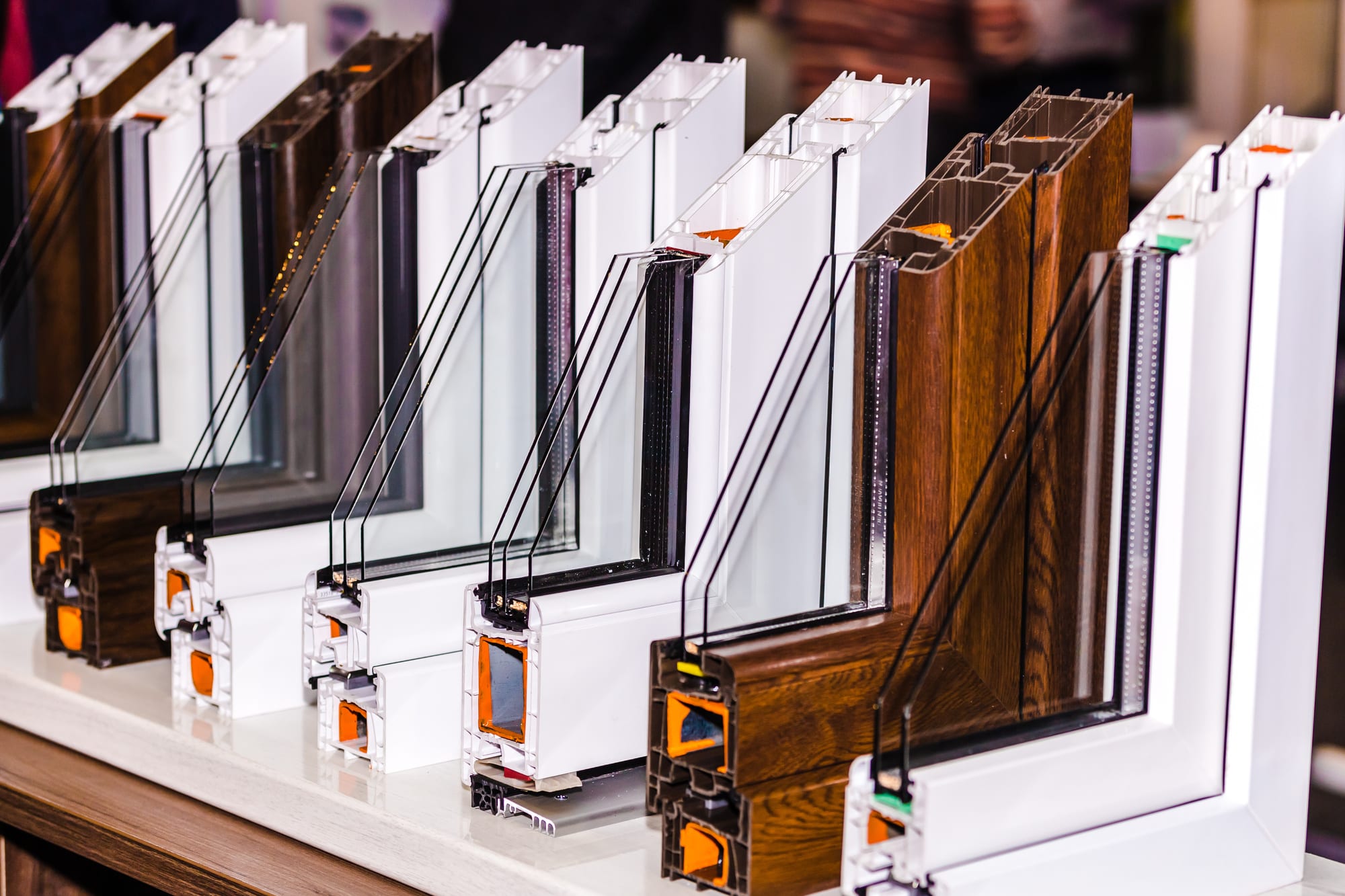All Categories
Featured
Table of Contents
Double Glazing - About Windows - Window Film Excellence in Beldon WA
Laminated glass is typically used in locations in the house most susceptible to injury from human impact such as bathrooms, doors, around staircases and in areas close to the flooring (it fulfills the requirements of 'shatterproof glass' that is mandated for use in these locations by Australian Standard AS 1288 Glass in structures).
Toughened glass has been 'tempered' by being reheated and rapidly cooled again. This procedure makes it much more powerful than standard glass it can withstand greater effect loads before breaking. It also makes it much safer due to the fact that, when it does shatter, it burglarizes lots of little cubic pieces instead of harmful fragments.
Keeping Your House Cool In The Summer in Clarkson WA
Toughened glass has no thermal or acoustic benefits over other glass of the same toning or thickness. Secondary glazing is where single-glazed windows are retrofitted with a transparent acrylic or glass sheet attached to the within the frame or openable sash with a secondary frame or with magnetic strips.


Secondary glazing will not perform also thermally as a made IGU, given that it is impossible to totally seal the boundary, but it can offer good sound control. Window movies are a thin polymer film including a taking in color or reflective metal layer, with an adhesive backing. They stick to your glazing to change its colour or make it reflective.
Guide To Double Glazing – Functional And Energy Efficient in Scarborough WA
Applied to existing glass, some window movies can cut in half the general SHGC of the window by soaking up and/or reflecting solar radiation. This can be especially helpful in hotter climates where cooling is the primary concern, or on east and west elevations straight exposed to long durations of sunshine. Window movies may likewise minimize noticeable light transmittance.

For this reason, it is normally best to utilize an accredited installer of window movie. Frames have a substantial effect on the thermal efficiency of doors and windows, due to the fact that energy can be gained and lost through the frame, along with through the glass. Various kinds of frame will enable different levels of heat gain and loss, so mindful option of frame is important for reliable passive style.
5 Benefits Of Double Glazing Windows in Mount Nasura Western Australia
Nevertheless, aluminium is also an excellent conductor of heat and will reduce the insulating value of a glazing system, unless particularly engineered to minimize this. A 'thermally broken' frame is comprised of 2 aluminium sections linked by a structural insulator (generally a low-conductivity structural polymer). This 'breaks' the thermal connection through the aluminium and minimizes the heat flowing through the frame.
Wood frames are a great natural insulator that can suit some home designs. Wood frames should be made from species that have naturally high durability or be dealt with to prevent decay and contortion.
Home Window Glazing - Sustainability Victoria in Osborne Park WA
(weather removing) is set up.
u, PVC doors and windows have excellent thermal performance Image: Ben Wrigley (Light House Architecture and Science) Composite frames use aluminium profiles on the external sections with either a lumber or u, PVC inner section. These combine the low upkeep and resilience of aluminium with much improved thermal efficiency.
Table of Contents
Latest Posts
Does Double Glazing Reduce The Heat In Brisbane's Summer? in Spearwood Western Australia
Save Energy With Double Glazed Windows in Hocking WA
Triple Glazing – Pros & Cons in Ocean Reef Western Australia
More
Latest Posts
Does Double Glazing Reduce The Heat In Brisbane's Summer? in Spearwood Western Australia
Save Energy With Double Glazed Windows in Hocking WA
Triple Glazing – Pros & Cons in Ocean Reef Western Australia